The Book of Tea by Okakura Kakuzō with an Introduction by Nicholas Tamblyn (Illustrated)
Presenting The Book of Tea by Okakura Kakuzō with an Introduction by Nicholas Tamblyn and Illustrations by Katherine Eglund. This book is part of The Great Books Series by Golding Books and is available both as an eBook and in paperback. The Book of Tea was written in 1906, when Okakura Kakuzō was forty-four and
Presenting The Book of Tea by Okakura Kakuzō with an Introduction by Nicholas Tamblyn and Illustrations by Katherine Eglund. This book is part of The Great Books Series by Golding Books and is available both as an eBook and in paperback.
The Book of Tea was written in 1906, when Okakura Kakuzō was forty-four and had led a remarkably varied and well-travelled life; in 1913, having worked at Boston’s Museum of Fine Arts for a number of years, his unique and important life would come to an end.
From Nicholas Tamblyn’s introduction: “Some books are written in exquisite, irresistible prose, and bear an important message about the value of art and living with consciousness of the impermanence, imperfections and incompleteness of life” . . . “The world is always in flux and has the potential to be endlessly troubling given our tentative and challenging time in it, but, ‘Meanwhile,’ as Okakura writes at the end of the first chapter, ‘let us have a sip of tea. The afternoon glow is brightening the bamboos, the fountains are bubbling with delight, the soughing of the pines is heard in our kettle. Let us dream of evanescence, and linger in the beautiful foolishness of things.’”
A Japanese tea book in English and a classic of Teaism that is crucial in understanding both the history and ongoing importance of tea more broadly as well as in the particulars of the Japanese tea ceremony and how this relates to new and traditional Eastern and Western art and culture, The Book of Tea is unique if not singular among tea books for tea lovers and will make perfect unique tea gifts for women and men, and young and old.
Okakura Kakuzō (also known as Okakura Tenshin) was born in Yokohama in 1862. His parents were originally from Fukui, his father a former samurai who had relinquished his rank and went on to make his fortune in mercantile affairs. At fifteen Okakura began studies in English, Chinese, literature, and philosophy at the Imperial University in Tokyo. He studied under Harvard-educated professor Ernest Fenollosa, and came to act as his interpreter at lectures and accompanied him on tours of research at temples. Appointed Secretary to the Minister of Education, he then studied fine arts across Europe and the United States as a member of the Imperial Art Commission. On his return, Okakura headed the new Imperial Art School in Ueno, Tokyo, but as Western art was given precedence over traditional Japanese art he resigned and, with a range of prominent artists keen to exemplify the best of native along with Western art, founded the School or Hall of Fine Arts in Yanaka, Tokyo. He was also co-founder, in 1898, of the Japan Art Institute. In 1904, he was invited to the Museum of Fine Arts, Boston by Japanese art collector William Sturgis Bigelow and became the first head of the Asian art division in 1910. He would also travel and research throughout China and India, and while his literary output is considerable he remains best known as the author of The Ideals of the East (1903), The Awakening of Japan (1904), and The Book of Tea (1906)—each being written in English to ensure the importance and influence of Asian culture was considered alongside broader discussions of Western and worldwide culture. The Book of Tea is arguably the most eminent treatise on tea written in English. Okakura died in 1913.
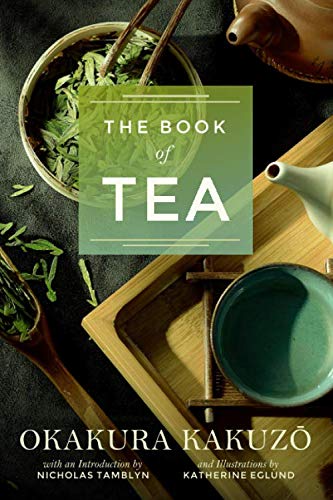
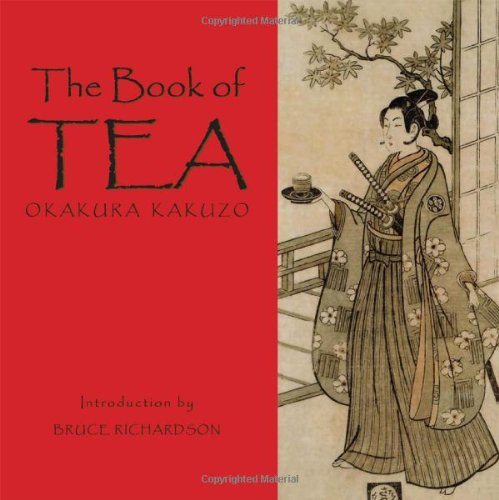
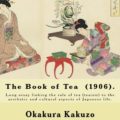
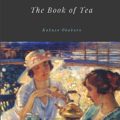
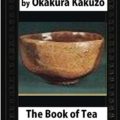







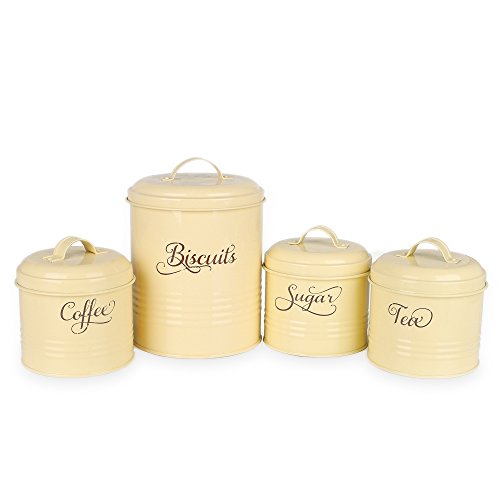


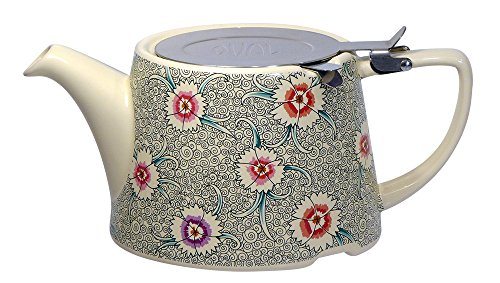

Comments